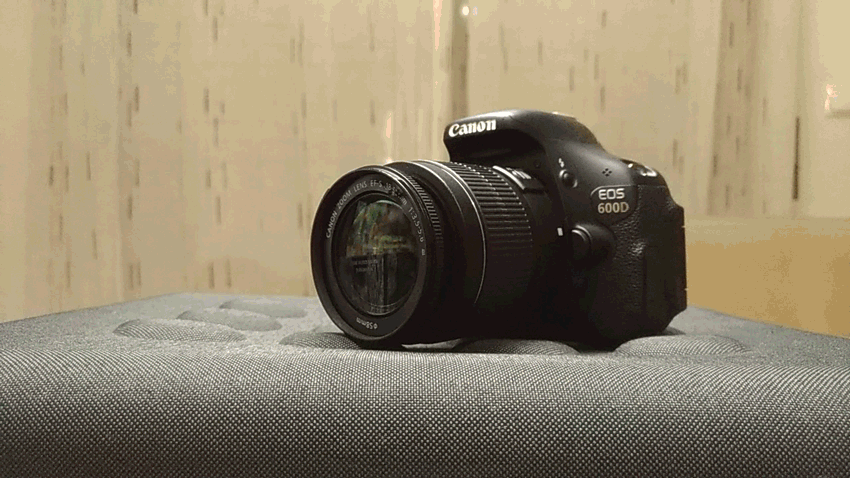"TS" Tubular Structures | Macro Photography Session - Technical Description
0 comments

Hi Everybody :)
Step into the tiny worlds that often escape the naked eye, in this exclusive Hive article, we dive into the art and wonder of macro photography.
The visual records obtained in this macro photography session present a fascinating cluster of tiny tubular structures, captured with a level of detail that allows one to observe a new reality with the naked eye. The blurred background, composed of abstract contrasts in neutral white and gray tones, creates a balanced and ethereal visual atmosphere that enhances the object and isolates it from the context, giving it an almost sculptural presence. This choice of background reinforces the contemplative character of the composition and enhances the intricate texture of the captured forms.
The tubular structures, joined in an apparently chaotic but organically coherent whole, exhibit a rough and irregular texture, marked by overlapping and asymmetrical layers. Their arrangement suggests a natural process of accumulation and growth, possibly resulting from the action of small marine organisms or sedimentary processes. This formal irregularity creates an expressive visual dynamism, in which each tube, with its own size and orientation, participates in a broader and more complex harmony.
The tonal variations are subtle, but sufficient to accentuate the relief and depth of the structure. The absence of saturated colors contributes to a more tactile and material reading, evoking the idea of fragility and permanence simultaneously.
The photographic approach has an analytical and aesthetic character, combining technical rigor with a curious and enthusiastic look at natural morphology. Macro photography, in this context, becomes an instrument of discovery, allowing access to a scale of observation where biology and art meet.
Let's now move onto the result:
















Among the numerous techniques available for macro photography, this method is arguably the most cost-effective and efficient for individuals possessing a camera with a removable lens. By simply detaching the lens and reversing its direction, and employing an inversion ring, the process becomes more manageable and streamlined.
Technical Description
- Session Purpose
The main objective of this macro photography session is to capture detailed images of this structure, with a focus on thoroughly observing and documenting the visual characteristics and details.
Used equipments
Camera: Canon EOS 600D Digital SLR with CMOS sensor
Lens: EFS 18-55mm with f/5 maximum aperture, allowing shallow depth of field and capturing fine details.
Used inverter ring
Tripod: not used
Lighting: Adjustable LED lights to provide soft, even lighting, avoiding harsh shadows and highlighting the details of structures.
Camera Settings
Focus Mode: Manual focus to ensure precision in specific details of the structure.
Aperture: Variable aperture between f/4 and f/5 for adequate depth of field, ensuring all important details are in focus.
ISO: Low ISO setting (800) to minimize noise in images.
Shutter Speed: Adjust shutter speed as needed to avoid underexposure, while maintaining a value that allows you to capture sharp details.
The session is closed for today.
Hope you like it :)

These photos weren't taken with a tripod
Camera - Canon EOS 600D
Lens - EFS 18-55mm
Location - Portugal

See you soon
Thank you for watching
Never forget
The price of anything is the amount of life you trade for it.
Time is life... value yours, make every fraction worth it.




Comments